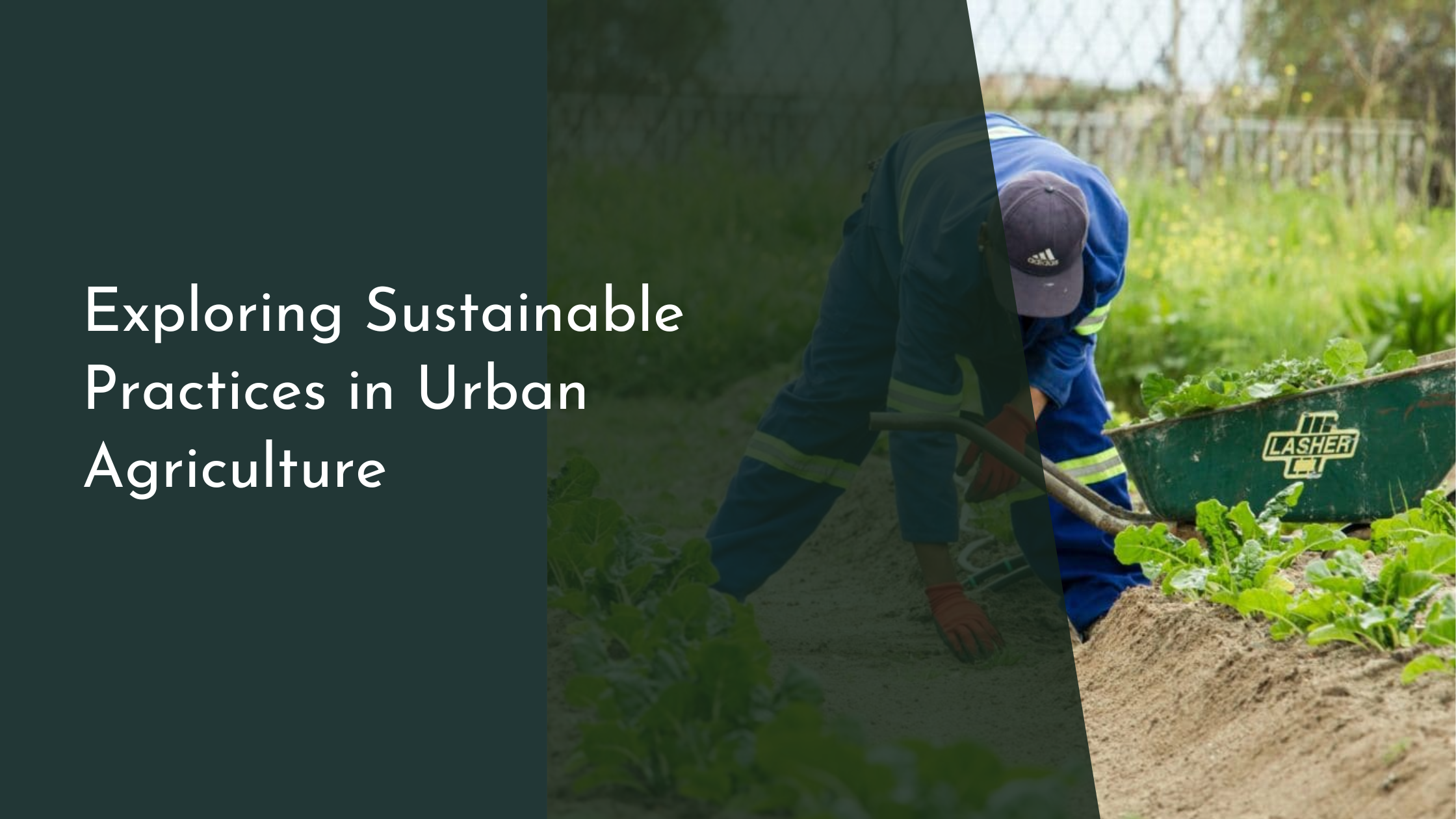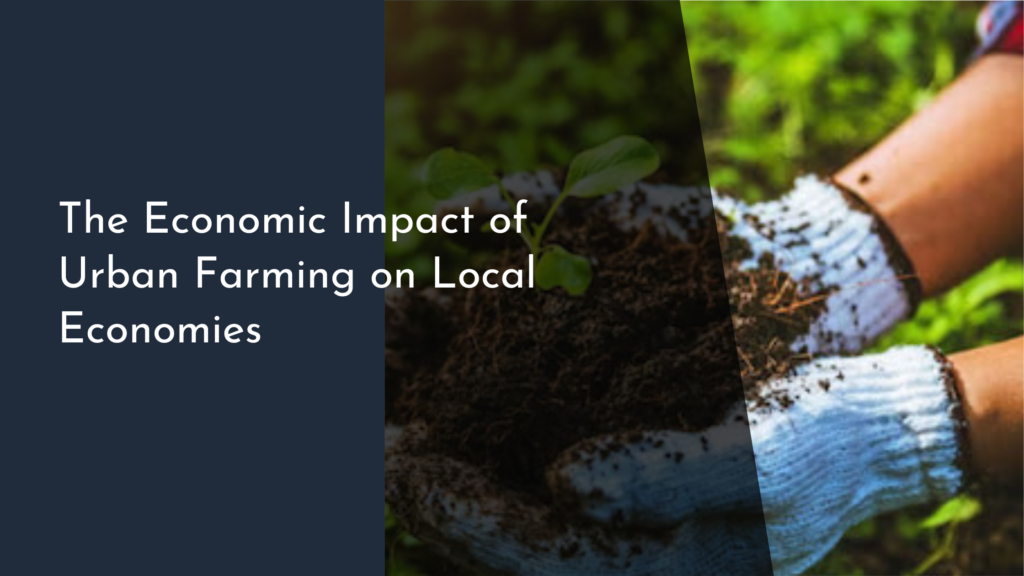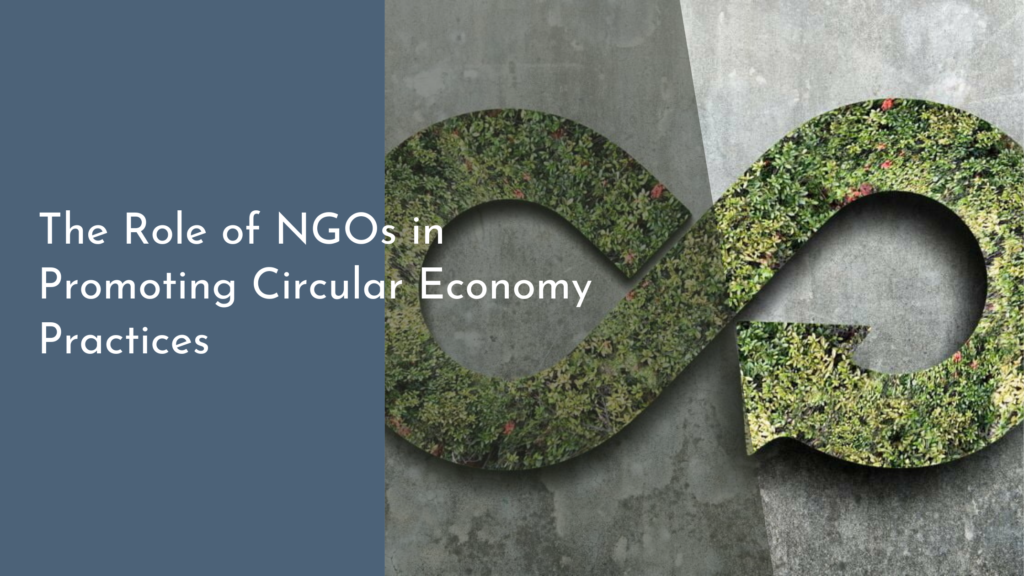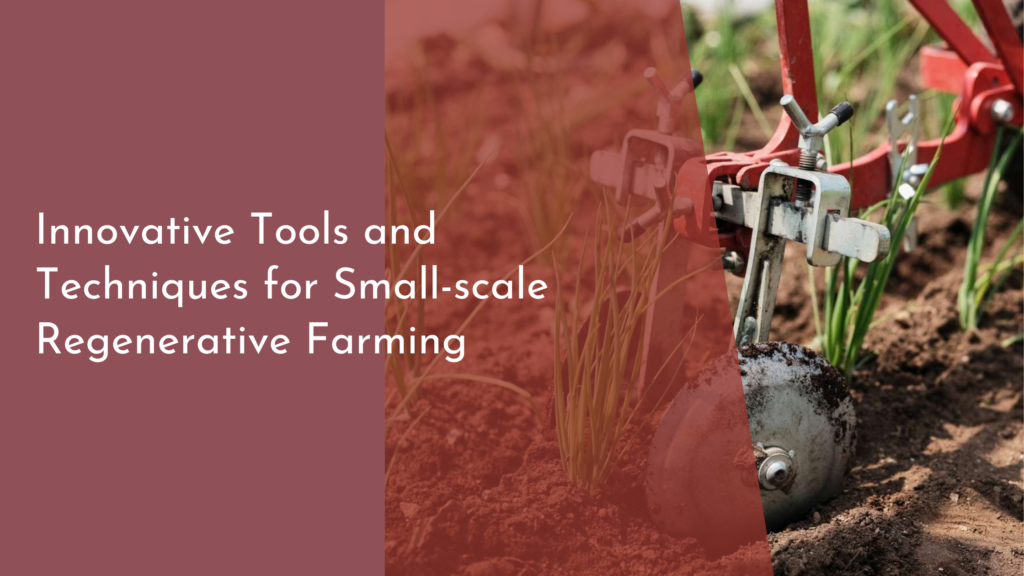Exploring Sustainable Practices in Urban Agriculture
Urban agriculture is rapidly transforming cityscapes around the globe, offering a sustainable alternative to traditional farming and contributing to food security, environmental improvement, and community well-being. As urban populations continue to swell, the need for innovative, eco-friendly approaches to agriculture within city limits has never been more urgent. This article delves into the burgeoning movement of urban agriculture, exploring the sustainable practices reshaping how city dwellers grow and consume food.
The Rise of Urban Agriculture in Cityscapes
Urban agriculture has become an essential component in city development, driven by the need to address food scarcity and promote sustainability within densely populated areas. City planners and environmental advocates recognize the importance of integrating green spaces into urban environments to combat climate change and support biodiversity. Rooftop gardens, vertical farms, and community plots have sprouted amidst the concrete jungle, transforming unused spaces into productive, green oases. These urban farms not only supply fresh produce to local residents but also help reduce the heat island effect, improve air quality, and increase urban resilience.
The rise of urban agriculture is also propelled by the growing desire among city dwellers to reconnect with nature and understand where their food comes from. As more people become aware of the environmental footprint of traditional farming and long food supply chains, there is a greater push toward locally grown food. Urban farming offers an opportunity for city residents to engage in sustainable practices, reducing their reliance on industrial agriculture while fostering a sense of community and shared responsibility for the environment.
Innovative Techniques for Sustainable Farming
In urban agriculture, innovative techniques are crucial to maximizing efficiency and sustainability within limited spaces. One such technique is hydroponics, a method of growing plants without soil by using mineral nutrient solutions in a water solvent. Hydroponic systems can be set up in small indoor spaces, making them ideal for urban settings where land is scarce. This technology allows for year-round farming and uses significantly less water than traditional methods, making it both a space and resource-efficient option for urban agriculture.
Another cutting-edge approach is aquaponics, which combines fish farming with plant cultivation. In this symbiotic system, fish waste provides an organic nutrient source for plants, while the plants help purify the water for the fish. This closed-loop system not only maximizes resource use but also minimizes waste, creating a sustainable urban farming practice. Innovations like these are paving the way for urban agriculture to thrive, offering cities the tools to produce fresh, healthy food with minimal environmental impact.
Community Engagement in Urban Gardening
Community engagement is a cornerstone of successful urban agriculture projects, as it fosters a sense of ownership and shared purpose among city residents. Community gardens, for instance, offer individuals and families a space to grow their own food while learning about sustainable farming practices. These gardens serve as educational hubs where people of all ages can gain hands-on experience in gardening, composting, and understanding the seasonal cycles of different crops. As a result, community gardens often become vibrant social spaces that enhance neighborhood cohesion and foster a spirit of collaboration.
Moreover, urban agriculture initiatives often collaborate with local schools, businesses, and non-profit organizations to expand their reach and impact. Educational programs and workshops are designed to teach participants about the benefits of urban farming, nutrition, and sustainability. By involving various stakeholders, these projects can secure funding, resources, and volunteer support, ensuring their long-term viability and success. Community engagement in urban gardening not only enhances food security but also empowers individuals to take an active role in shaping a sustainable urban future.
Concluding Thoughts on Urban Agricultural Growth
The growth of urban agriculture presents an exciting opportunity for cities to redefine their relationship with food and the environment. By integrating farming into urban planning, cities can create more sustainable, self-reliant communities that are better equipped to face the challenges of climate change and population growth. As more cities embrace urban agriculture, the potential for innovation and collaboration will continue to expand, driving further advancements in sustainable practices and technologies.
While urban agriculture is not a panacea for all food security challenges, it is a vital step toward creating more resilient and sustainable urban systems. By nurturing a culture of sustainability and community engagement, urban agriculture can help revitalize cityscapes, improve public health, and foster a deeper connection between people and the planet. The future of urban agriculture is bright, and it holds the promise of a more sustainable and inclusive urban world.
As the movement for urban agriculture continues to gain momentum, it is crucial for city dwellers to embrace and support these sustainable practices. Whether by participating in community gardens, advocating for green spaces, or adopting innovative farming techniques, everyone can play a role in shaping a greener urban future. By exploring and implementing sustainable practices in urban agriculture, cities around the world can pave the way toward a healthier, more sustainable future for generations to come.




